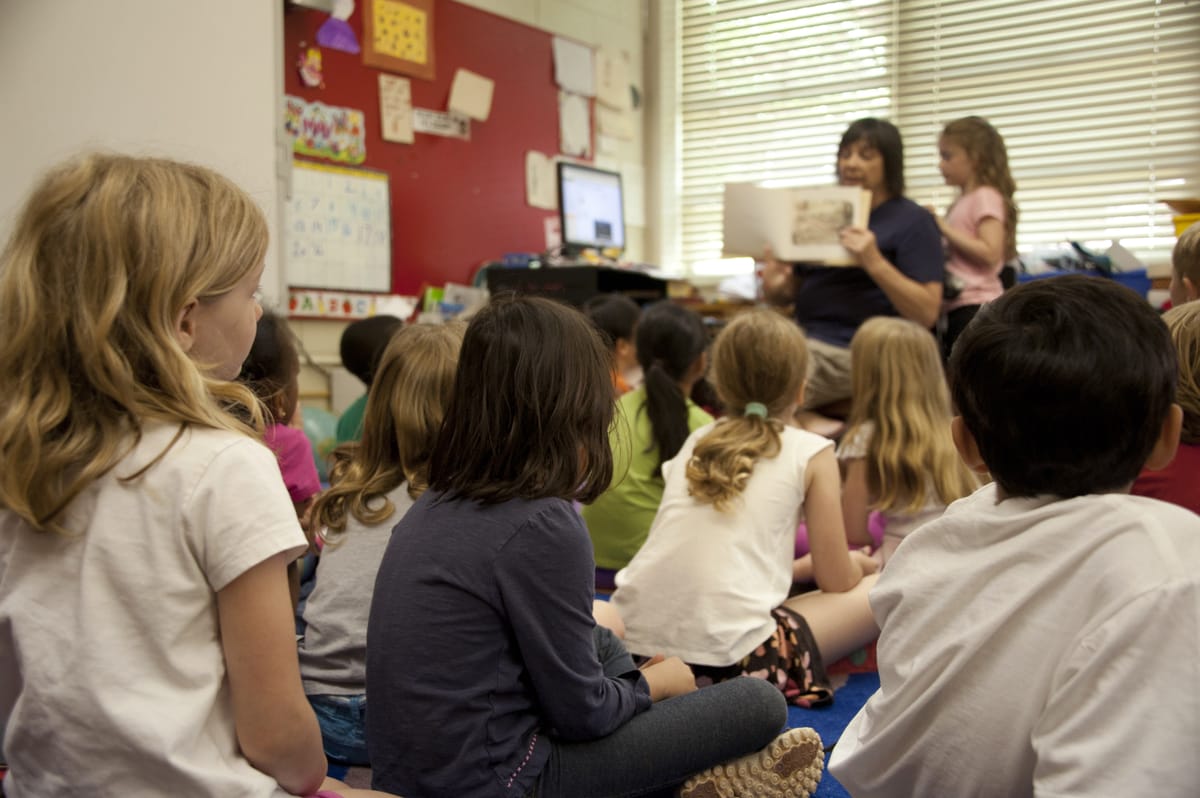What Every Job-Seeker Should Know About District, Independent, and Charter Schools
To understand which school you want to apply to, you must have a good understanding of the different school types that exist in the US.

We’re frequently asked by job-seekers of all career stages, “How do I know if a school is a strong fit for me?” To get to the best answer, it’s important to first check the alignment of the school’s mission and overall culture, against your own teaching philosophy. Most commonly, this is done by analyzing the characteristics of each individual school, weighed against the characteristics of who you are as a teacher. This certainly requires reflection on what your needs and wants are — and how you wish to engage with those in the school and broader community.
But before analyzing each school individually, let’s take a step back and understand the most common characteristics of the different US school types, starting with the most common: District Schools.
District Schools
District schools are public schools funded by local, state, and/or federal governments and are overseen by a school board.
The school board is in charge of all educational and administrative procedures within the school district, ensuring all school leaders, administrators, and teachers follow the district’s guidelines and mission. The school board also controls the district’s funds.
District schools must follow certain standards:
- Teachers must be licensed to teach.
- And lead teachers must hold a minimum of a Bachelor’s Degree.
The state assigns the subject and topics covered throughout the curriculum and uses standardized tests to measure learning.
In the US, there are approximately 13,800 public school districts and 98,469 public schools — nearly 25% of all public schools are located in urban areas.
Charter Schools
This often comes as a surprise to people, and it’s certainly a common misconception, but charter schools are public schools.
Charter schools were actually created in reaction to a lack of educational equity within schools. Each charter school is very different from one another.
In the US, charter schools are defined as publicly funded, tuition-free independent schools that are established by teachers, parents, or community groups under the terms of a charter with a local or national authority. Charter regulation depends on each state and can either be a non-profit or for-profit organization.
Charter schools are not bound to all state regulations like traditional district schools, which allows for a unique and flexible learning environment for students, and the ability to hire more teachers with more competitive salaries. In return, charter schools must meet accountability standards.
Today, there are more than 7,400 charter schools, providing education to over 3 million students. Additionally, 57% of charter schools are located in urban areas, and more than 50% of students identify as Black or Hispanic.
Private Independent and Religious Schools
Last but not least, independent schools are private schools that are overseen by a board of governors or trustees and they often have a stricter set of rules for governance. They do not receive public funding from the state or federal government.
Independent schools are driven by a unique mission and are accredited by state-approved accreditation bodies. They are primarily supported through student tuition payments and charitable donations.
Independent schools have more autonomy with who they hire. About 19 percent of teachers have less than 5 years of teaching experience.
Such schools also have the flexibility to offer curricula that meet their student’s needs. Arts, theater, music, and other subjects are commonly prioritized in private schools compared to public schools.
There are 32,461 private, independent, and religious schools across the country providing learning opportunities to 5.8 million students. On average, the class size is 25 students.
How to choose the right school type?
The answer to this question depends on your needs and wants as an educator.
Choosing the right-fit school requires more than just an analysis of the different school types, as schools under each of these categories can vary widely from one to the other. But to begin the process, you can narrow down your search to the type of school that most resonates with you.
Here is a quick assignment to help you figure out which school type you might want to prioritize in your job search:
- Write down the characteristics that you believe make for a strong school. What would a school look and sound like for you to feel like you’d want to be a part of what was happening there?
- Rank each of the school types based on your answers: 1 - being your first choice; 3 - being your least favorite school type.
- Answer the following questions:
- What were the factors that made you decide on your FIRST choice?
- What were the factors that made you decide on your LAST choice?
Here’s the catch – do not tie yourself to one school type. Much like dating, we all have “on-paper” needs and wants that we expect from a school. However, you can find a school that does not fit “your type” and realize that it’s still a school you really enjoy working with.
Learning about the different types of schools can help you understand which aspects of a school are most important to you. If you want to learn more about how to find which school is right for your career, check out our Job Search Bootcamp: bite-size content that helps you determine your preferences in a school, further develop your skills and resume, and prepare yourself for the upcoming job search.
About Selected
Selected helps teachers find jobs at schools they love. We work with 1,600+ PK-12 schools in numerous urban metro areas across the country. Create a free educator profile and find schools and jobs matching your preferences.




